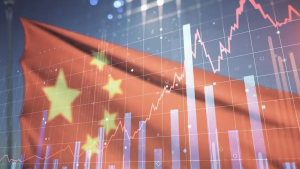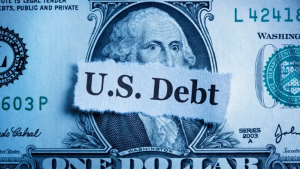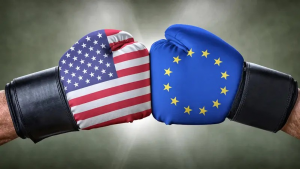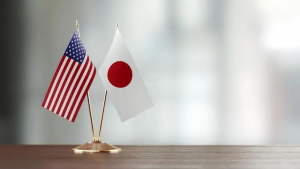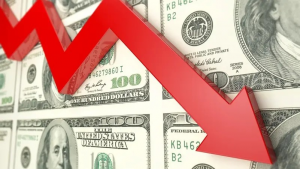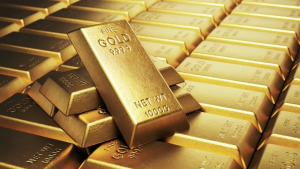UBS sees potential for U.S. monetary policy to shift if equity markets weaken further, arguing that a 5–10% drop in the S&P 500 from current levels could be enough to trigger Federal Reserve action.
While the bank maintains a Neutral stance on equities, it believes that level of downside could “trigger the Fed put,” resulting in a short-term rebound.
UBS’s analysis comes amid widespread concerns over U.S. tariff policy after the White House announced reciprocal import duties as high as 46% on April 2. These measures push the effective U.S. tariff rate to its highest level in over a century and pose significant risks to companies reliant on global supply chains.
UBS sees three potential backstops for the market—the so-called “puts”: de-escalation in tariff negotiations, monetary easing, and fiscal support. But none appear imminent.
“Federal Reserve Chair Powell suggested a ‘wait and see’ stance on the inflationary effects of tariffs on Friday and is in no rush to adjust interest rates,” said Ulrike Hoffmann-Burchardi, Head CIO Global Equities at UBS.
“And the budget reconciliation process will likely take at least a few more weeks, if not months,” the strategist added.
In her view, a meaningful short-term equity market rebound will likely depend on a clear pivot in trade rhetoric. “The put that will cement the market bottom is a clear shift in tariff rhetoric toward de-escalation and lower tariffs from 2 April levels,” it said.
Without that, tariffs could weigh on consumer and corporate spending, pushing the S&P 500 closer to 4,000.
Markets could also see another leg lower if trade tensions escalate further. Hoffmann-Burchardi pointed out several signposts of a hard-landing path, including European retaliation, U.S. countermeasures, and the addition of new sector-specific tariffs.
The strategist draws parallels with 2018, when a roughly 15% drawdown in the S&P 500 preceded a dovish Fed pivot. This time, UBS believes a sharper drop—closer to 25% from the peak—may be required, given that inflation is currently more elevated.
Nonetheless, a smaller drop of 5–10% could still be enough to revive expectations of policy support.



